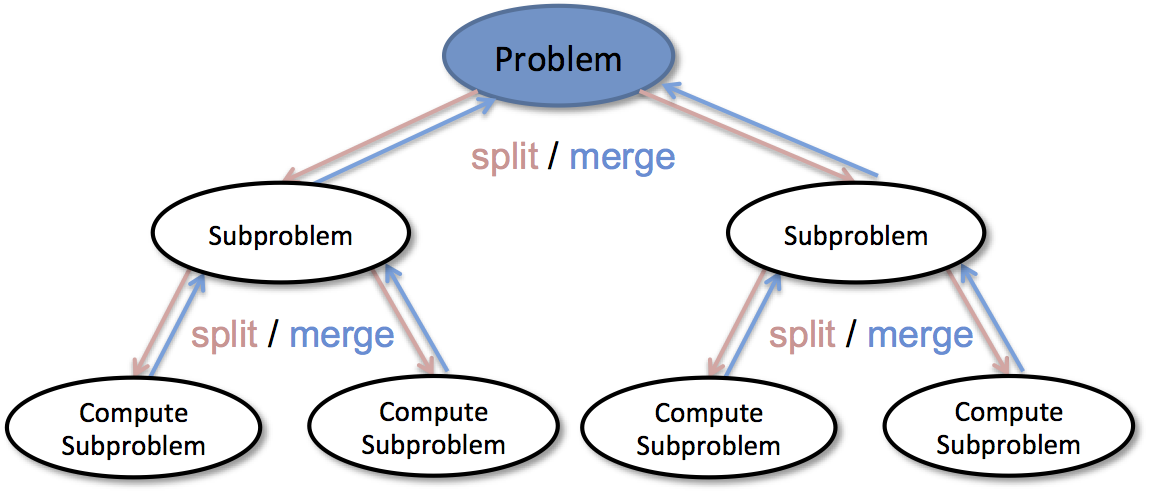Saurabh Bhatnagar is the ex-Principal Data Scientist at Rent The Runway. He created the big-data analytics and recommendation platforms at RTR and scaled it to 30m users. RTR is now valued at $800m.
Divide and Conquer Algorithms
Fascinating Top 16 Team Facts From The FIFA World Cup 2018
Heap Sort, Merge Sort, and Convex Hull
Datacast Episode 3: How to Be a Social Media Data Whiz with Leni Krsova
Leni Krsová is social media data analyst from the Czech Republic, currently based in Prague. At the beginning of her career, she worked for Czech TV, a public broadcaster in the country, as a social media editor but switched quickly from marketing to the path of a data analyst. Since then she is interested more and more in data analysis of social media and online news media data with R, data privacy and academic research in these fields. She is planning to start her Ph.D. studies in near future.
Datacast Episode 2: Becoming a Deep Learning Expert with Deep Narain Singh
Deep Narain Singh is Data Scientist with specialization in machine learning and deep learning. He has extensive work experience in building NLP/Computer Vision products using AI/ML/DL. He has spent 12 years in industry working with startups and large scale companies. He holds a Master’s degree in Data Science from the University Of New Haven/Galvanize and completed his undergraduate in Civil Engineering from NIT Jaipur.
Decision Trees: How to Optimize My Decision-Making Process?
The major advantage of using decision trees is that they are intuitively very easy to explain. They closely mirror human decision-making compared to other regression and classification approaches. They can be displayed graphically, and they can easily handle qualitative predictors without the need to create dummy variables.
The 5 Fundamental Running Times in Computer Science
As you see, you should make a habit of thinking about the time complexity of algorithms as you design them. Asymptotic analysis is a powerful tool, but use it wisely. Sometimes optimizing runtime may negatively impact readability or coding time. Whether you like it or not, an effective engineer knows how to strike the right balance between runtime, space, implementation time, maintainability, and readability.
k-Nearest Neighbors: Who are close to you?
Datacast Episode 1: From Molecular Biologist to Data Scientist with Dr. Jon Leslie
Dr. Jonathan Leslie obtained his Ph.D. in Biology from the University of London, studying blood vessel formation at the Cancer Research UK London Research Institute. After 20 years of researching the molecular processes underlying cancer, he turned to data science and founded a freelance consultancy business. He is passionate about promoting open-source software and routinely volunteers as a mentor in the R-programming and data science communities.










